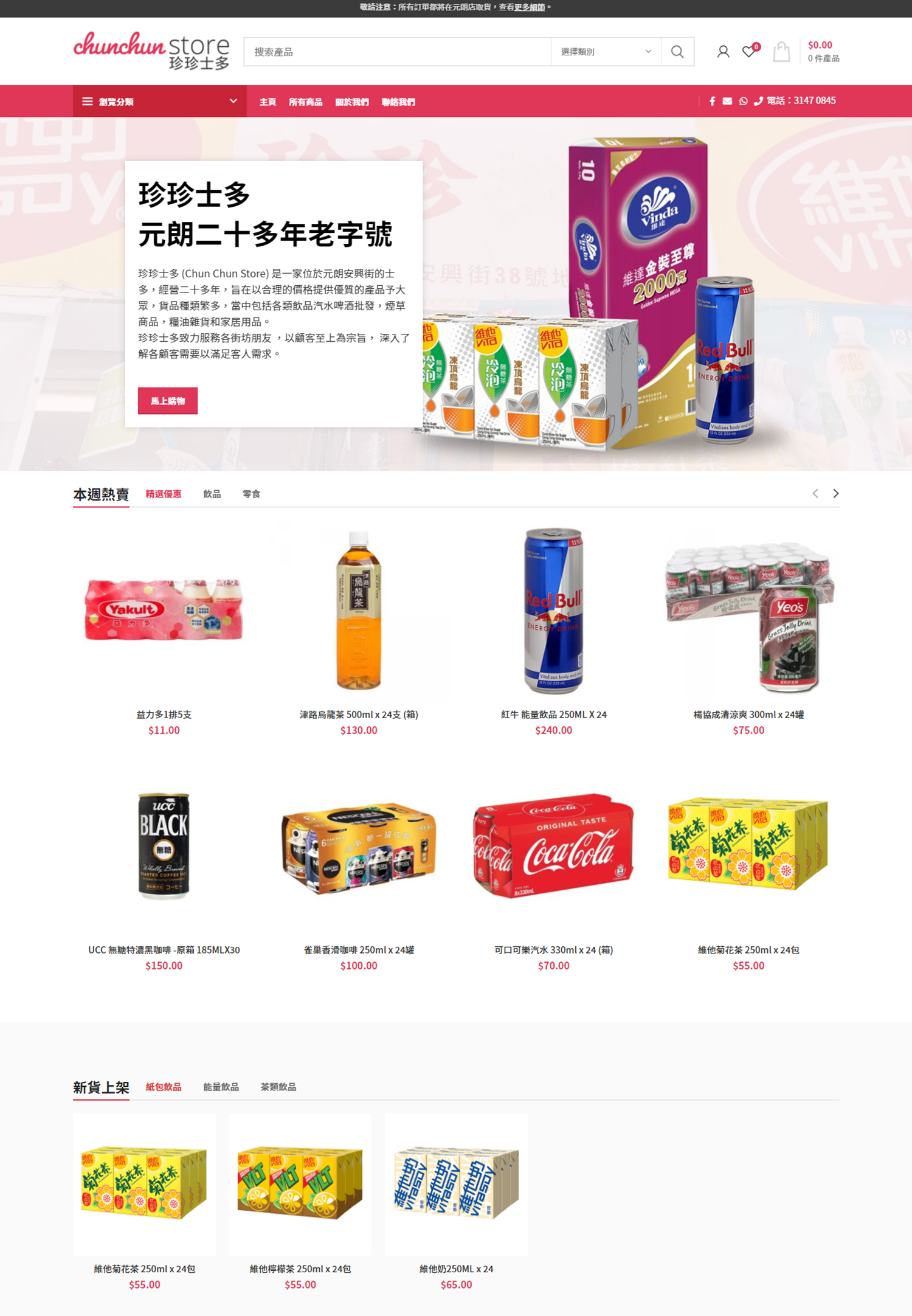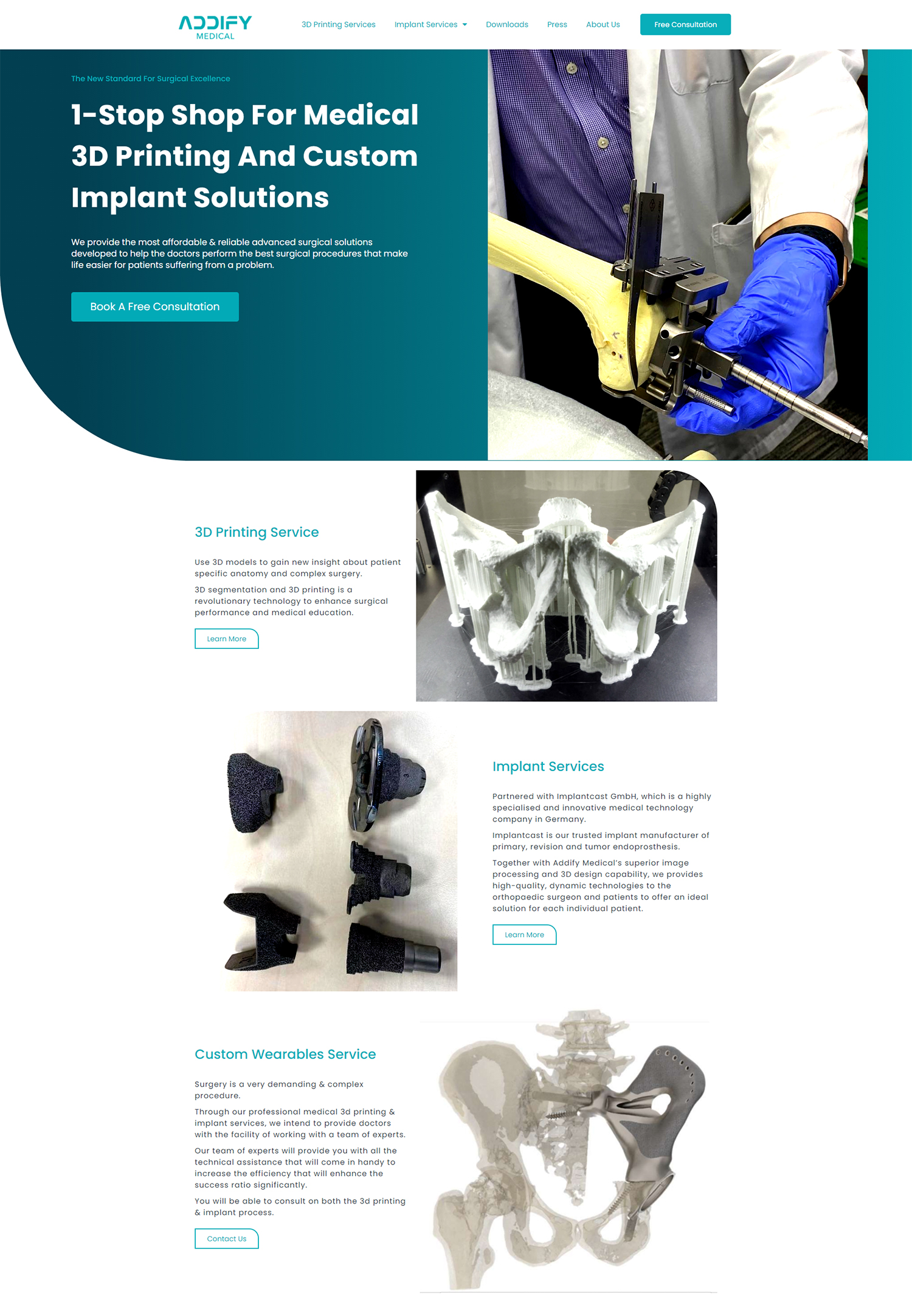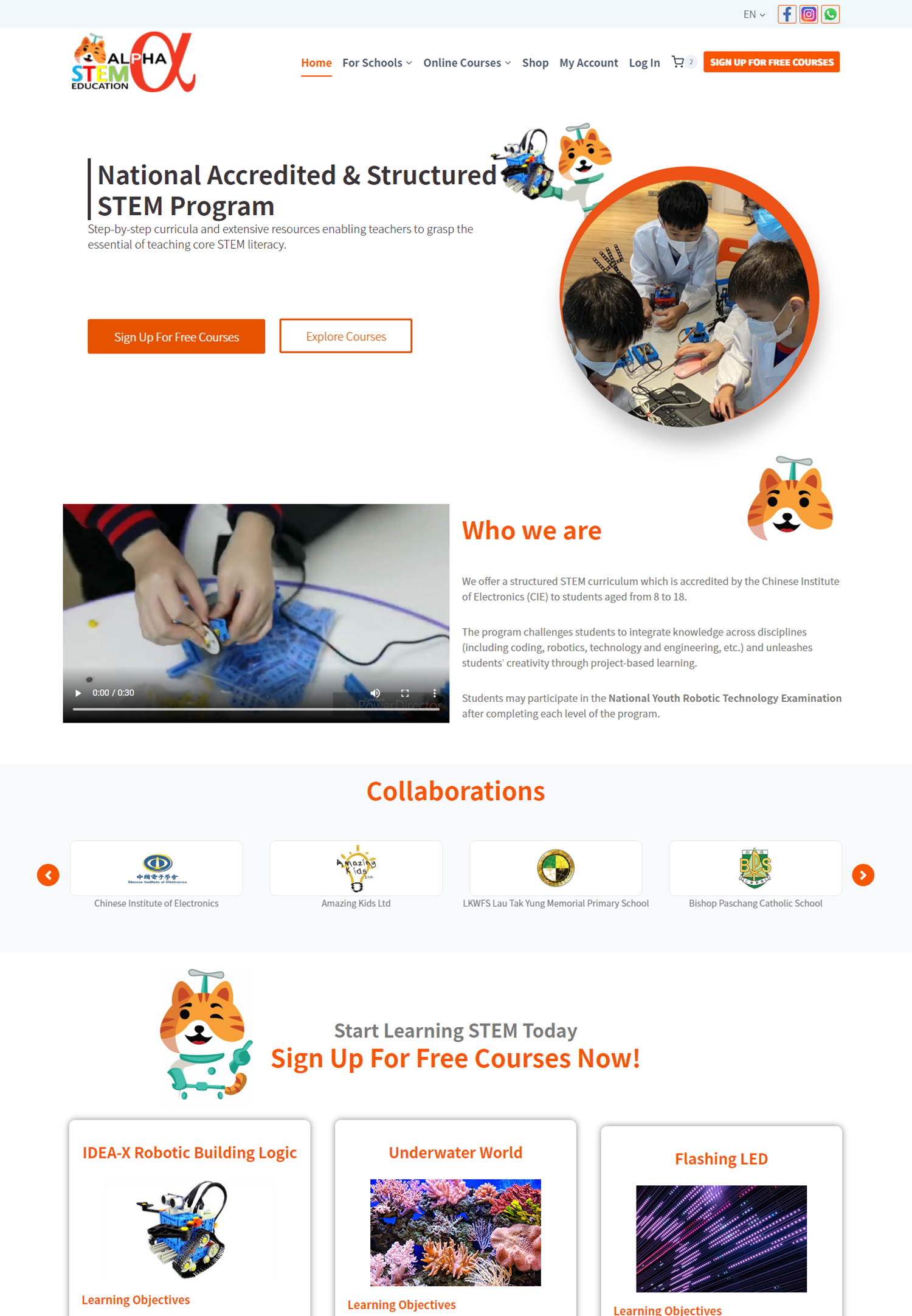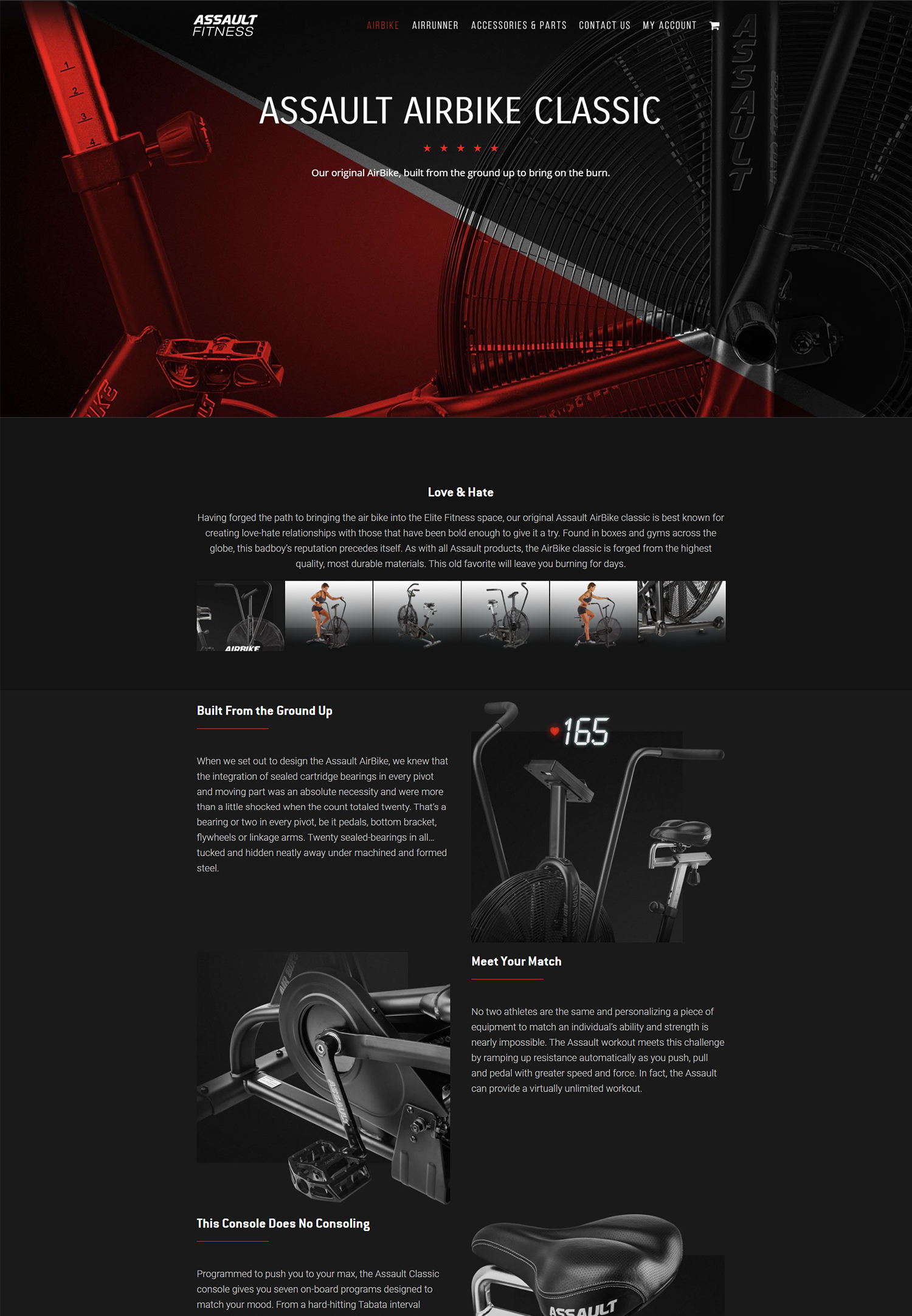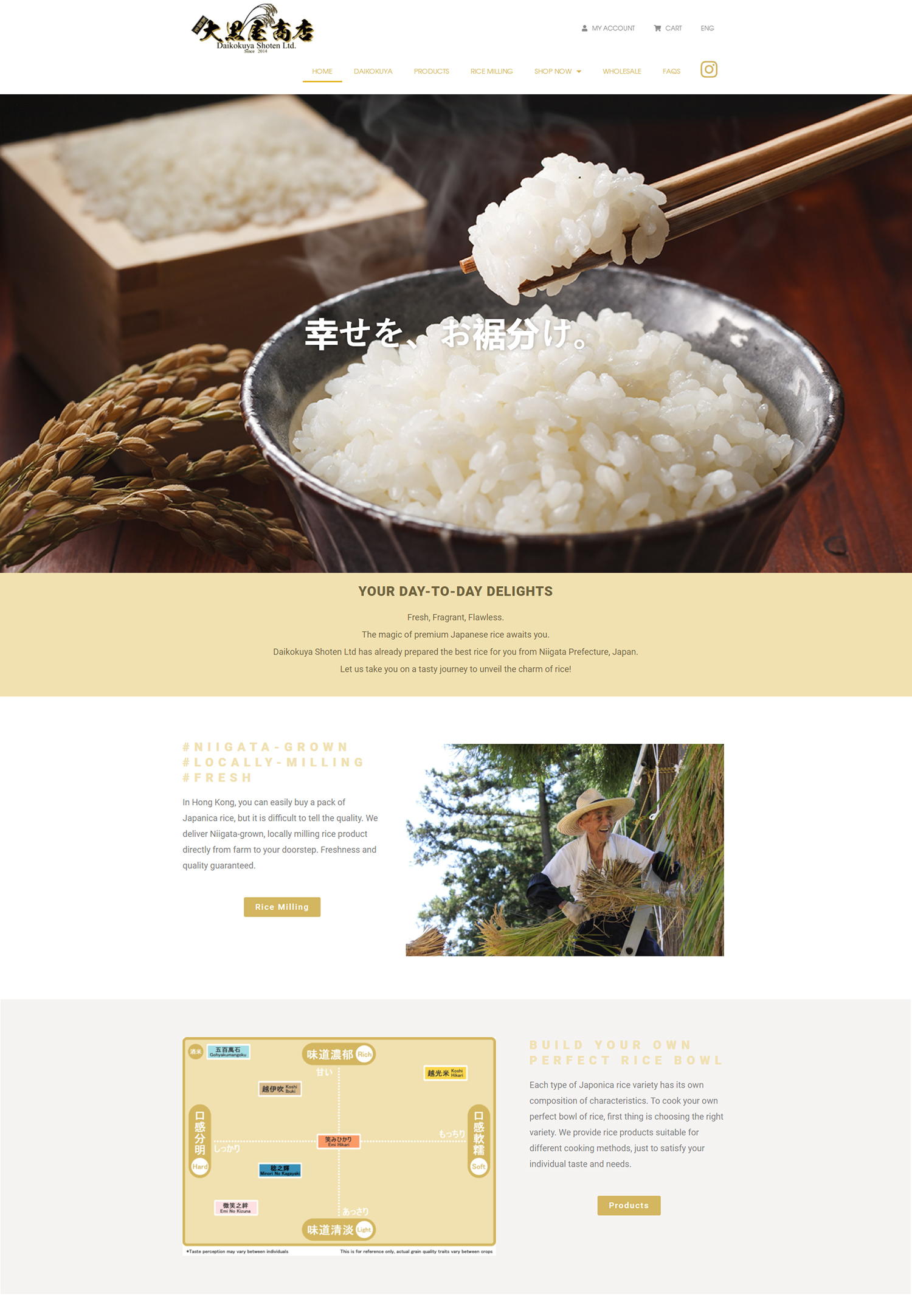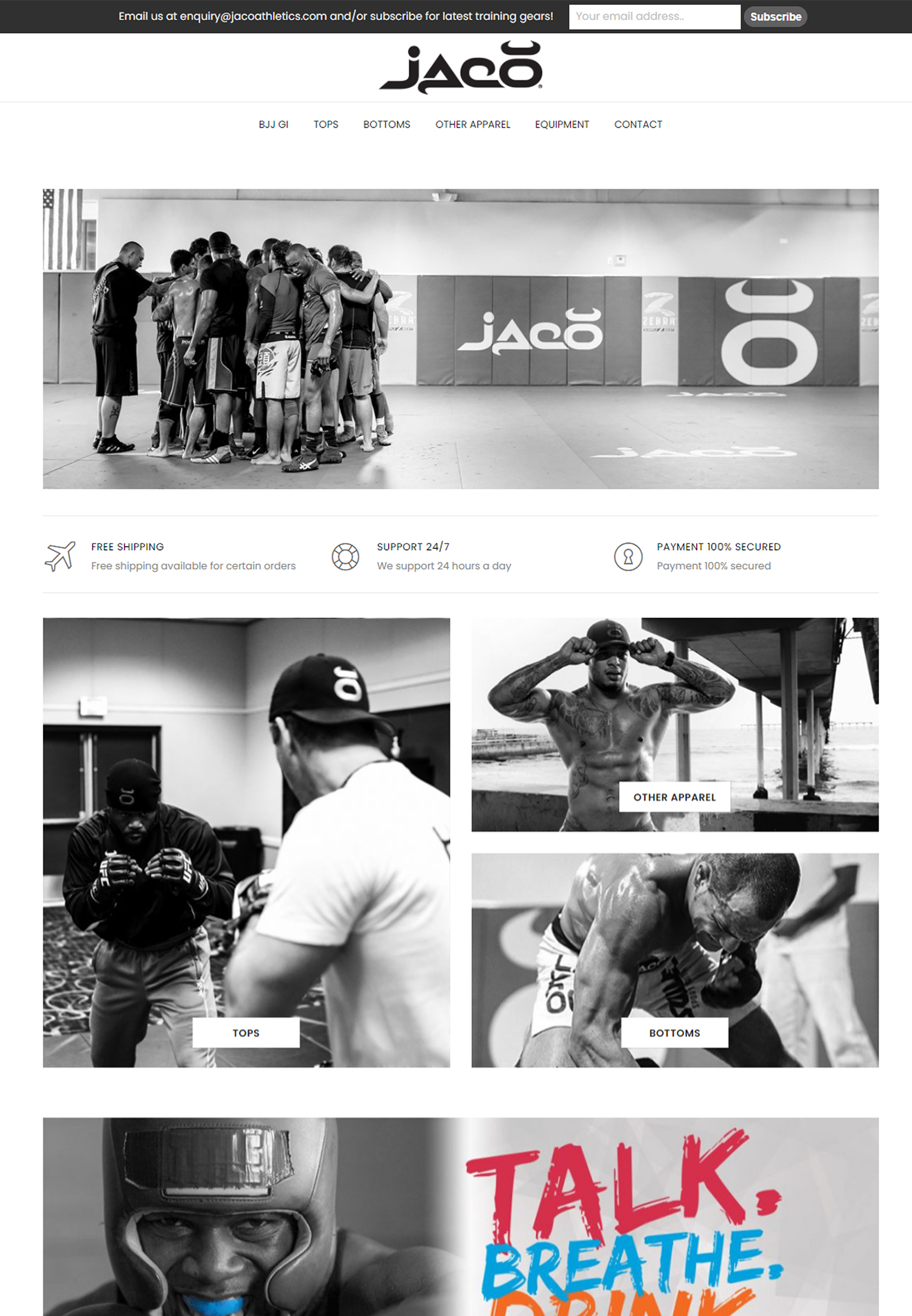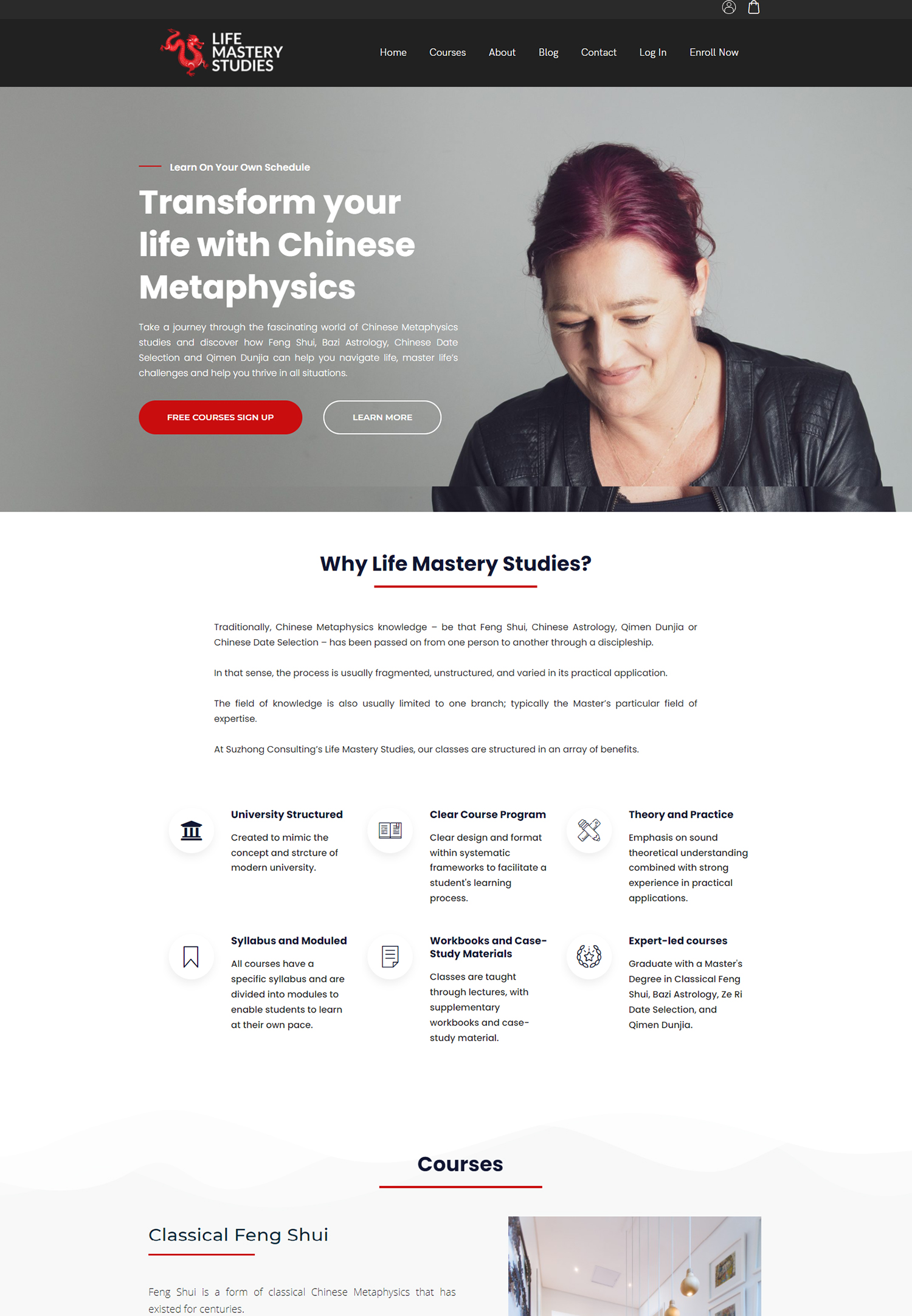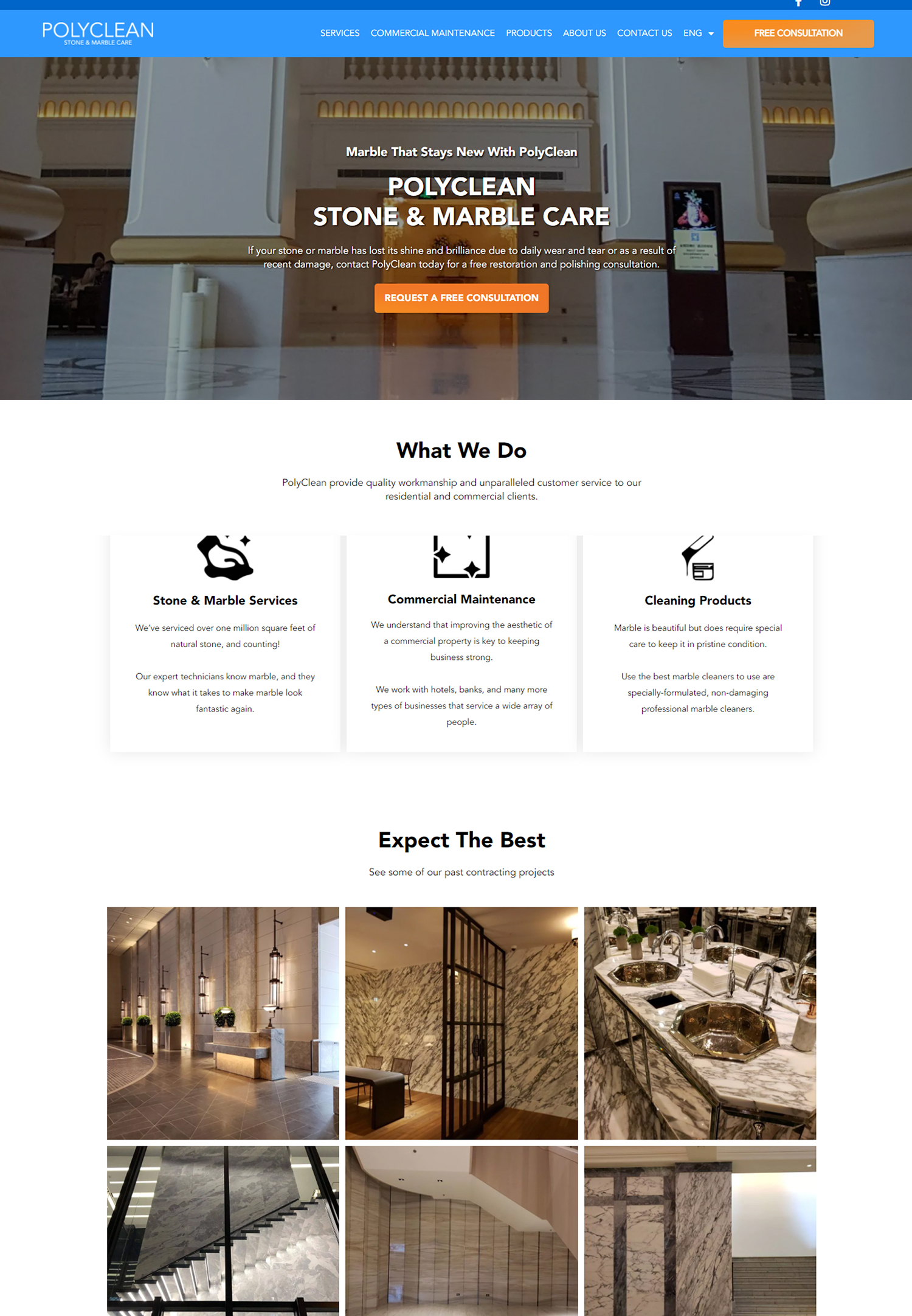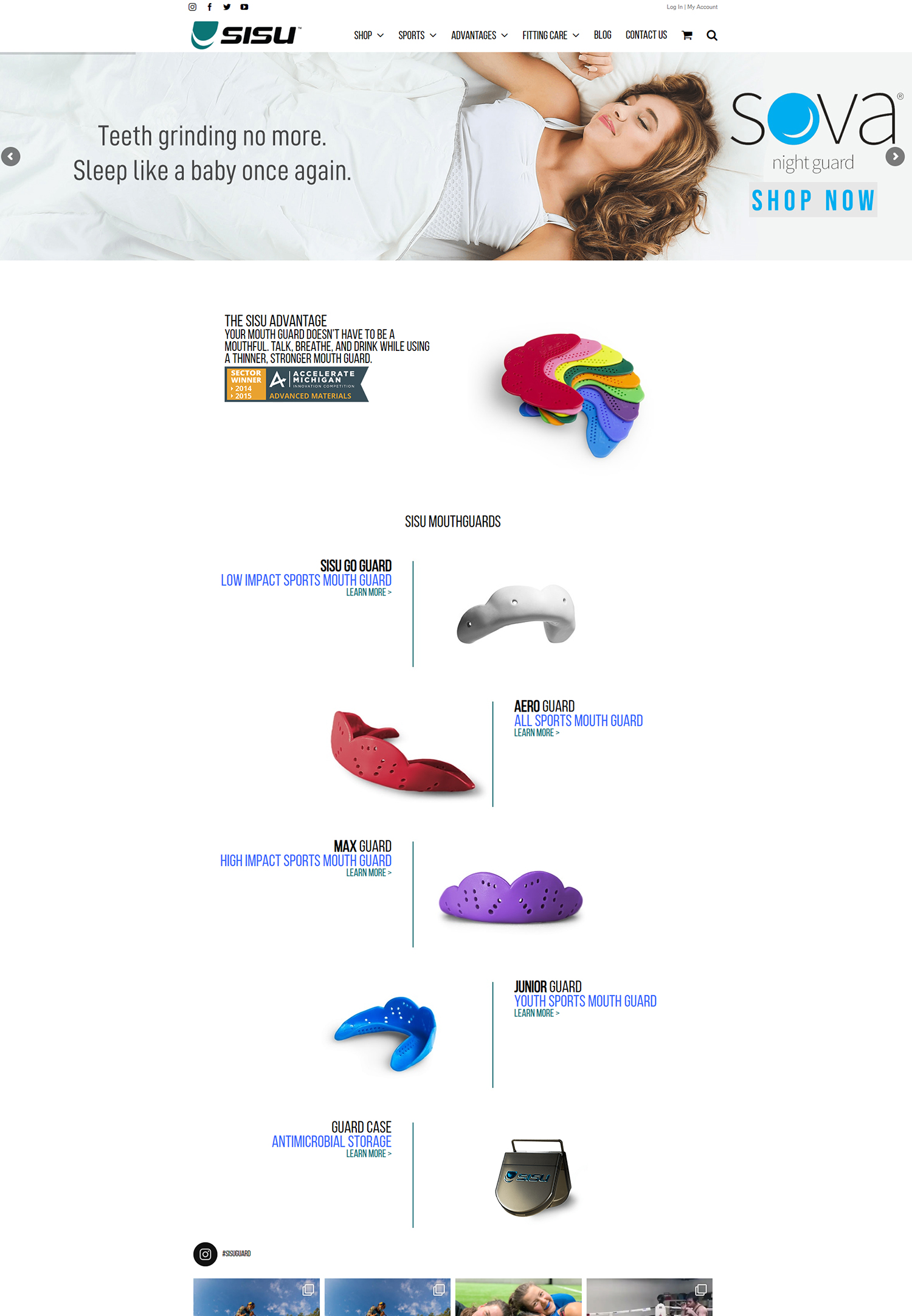Online marketing, often referred to as digital marketing, encompasses a wide array of strategies and techniques aimed at promoting products or services through the internet. At its core, online marketing leverages digital channels such as websites, social media platforms, email, and search engines to connect with potential customers. The primary goal is to reach a targeted audience effectively and efficiently, ultimately driving conversions and fostering brand loyalty.
Unlike traditional marketing methods, which may rely on print ads or television commercials, online marketing offers a more dynamic and interactive approach, allowing businesses to engage with their audience in real-time. One of the fundamental aspects of online marketing is understanding the customer journey. This journey typically begins with awareness, where potential customers first learn about a product or service.
Following this stage is consideration, where they evaluate their options, and finally, the decision stage, where they make a purchase. Each phase presents unique opportunities for marketers to tailor their strategies. For instance, during the awareness phase, businesses might focus on creating engaging content that captures attention, while in the consideration phase, they may provide detailed product information or customer testimonials to help guide the decision-making process.
Key Takeaways
- Online marketing involves promoting and selling products or services using the internet and digital technologies.
- A strong online presence for your small business includes having a professional website, active social media profiles, and positive online reviews.
- Social media can be leveraged to reach your target audience through targeted advertising, engaging content, and customer interaction.
- Email marketing is an effective way to stay connected with customers by sending personalized messages, promotions, and updates.
- Implementing SEO tactics can improve your website’s visibility in search engine results, driving more organic traffic to your site.
Creating a Strong Online Presence for Your Small Business
Establishing a robust online presence is crucial for small businesses looking to thrive in today’s digital landscape. A well-designed website serves as the cornerstone of this presence, acting as a virtual storefront that showcases products or services. It should be user-friendly, mobile-responsive, and optimized for search engines to ensure that potential customers can easily find it.
Additionally, incorporating elements such as high-quality images, clear calls-to-action, and informative content can significantly enhance user experience and encourage visitors to explore further. Beyond a website, small businesses should consider creating profiles on various social media platforms relevant to their target audience. Platforms like Facebook, Instagram, LinkedIn, and Twitter offer unique opportunities for engagement and brand building.
By sharing valuable content, responding to customer inquiries, and participating in conversations within their industry, businesses can foster a sense of community and trust among their audience. This not only helps in building brand recognition but also positions the business as an authority in its field.
Leveraging Social Media to Reach Your Target Audience
Social media has revolutionized the way businesses interact with their customers. With billions of users worldwide, platforms like Facebook and Instagram provide an unparalleled opportunity for small businesses to reach a vast audience. To effectively leverage social media, it is essential to identify which platforms align best with the target demographic.
For instance, visually-driven businesses such as fashion or food may find greater success on Instagram or Pinterest, while B2B companies might focus their efforts on LinkedIn. Creating engaging content is key to capturing attention on social media. This can include a mix of promotional posts, behind-the-scenes glimpses of the business, user-generated content, and educational material that provides value to followers.
Additionally, utilizing features such as stories or live videos can enhance engagement by offering real-time interaction with the audience. Paid advertising options on these platforms also allow businesses to target specific demographics based on interests, behaviors, and location, ensuring that marketing efforts are directed toward those most likely to convert.
Utilizing Email Marketing to Stay Connected with Customers
| Metrics | Results |
|---|---|
| Email Open Rate | 25% |
| Click-Through Rate | 10% |
| Conversion Rate | 5% |
| Unsubscribe Rate | 2% |
| Number of New Subscribers | 500 |
Email marketing remains one of the most effective tools for maintaining communication with customers. It allows businesses to send personalized messages directly to their audience’s inboxes, fostering a sense of connection and loyalty. Building an email list should be a priority for any small business; this can be achieved through website sign-ups, social media promotions, or in-store interactions.
Offering incentives such as discounts or exclusive content can encourage potential customers to subscribe. Once a list is established, segmenting the audience based on preferences or behaviors can enhance the effectiveness of email campaigns. For example, sending targeted promotions to customers who have previously purchased specific products can lead to higher conversion rates.
Additionally, crafting compelling subject lines and providing valuable content within the emails—such as tips, product updates, or special offers—can significantly improve open and click-through rates. Regularly analyzing email performance metrics will help refine strategies and ensure that communications remain relevant and engaging.
Implementing Search Engine Optimization (SEO) to Improve Visibility
Search Engine Optimization (SEO) is a critical component of online marketing that focuses on improving a website’s visibility in search engine results pages (SERPs). By optimizing various elements of a website—such as content quality, keyword usage, site structure, and backlinks—businesses can increase their chances of ranking higher in search results. This is particularly important because most users tend to click on the first few results they see when searching for information online.
Keyword research is an essential first step in any SEO strategy. Identifying relevant keywords that potential customers are likely to use when searching for products or services allows businesses to tailor their content accordingly. Incorporating these keywords naturally into website copy, blog posts, and meta descriptions can enhance visibility.
Additionally, creating high-quality content that addresses common questions or pain points within the industry not only helps with SEO but also positions the business as a knowledgeable resource for customers.
Using Pay-Per-Click (PPC) Advertising to Drive Traffic to Your Website
Planning for Success
To maximize the effectiveness of PPC campaigns, careful planning is essential. This includes selecting relevant keywords that align with the business’s offerings and creating compelling ad copy that encourages clicks.
Optimizing Campaign Performance
Additionally, setting a budget and monitoring performance metrics—such as click-through rates (CTR) and conversion rates—can help optimize campaigns over time.
Continuous Improvement through Testing
A/B testing different ad variations can also provide insights into what resonates best with the target audience, allowing for continuous improvement.
Engaging in Content Marketing to Showcase Your Expertise
Content marketing is an invaluable strategy for establishing authority and credibility within an industry. By creating informative and engaging content—such as blog posts, videos, infographics, or podcasts—businesses can showcase their expertise while providing value to their audience. This not only helps attract potential customers but also fosters trust and loyalty among existing ones.
A successful content marketing strategy begins with understanding the needs and interests of the target audience. Conducting research to identify common questions or challenges faced by potential customers can guide content creation efforts. For instance, a landscaping business might produce blog posts about seasonal gardening tips or how to choose the right plants for specific climates.
By consistently delivering high-quality content that addresses these topics, businesses can position themselves as thought leaders in their field while driving organic traffic to their websites.
Measuring and Analyzing the Success of Your Online Marketing Efforts
To ensure that online marketing efforts are effective and yielding desired results, measuring and analyzing performance is crucial. Various tools and metrics can provide insights into how well campaigns are performing across different channels. For instance, Google Analytics offers comprehensive data on website traffic sources, user behavior, and conversion rates, allowing businesses to assess which strategies are working best.
Key performance indicators (KPIs) should be established based on specific goals set for each marketing campaign. These could include metrics such as website traffic growth, social media engagement rates, email open rates, or return on investment (ROI) from PPC campaigns. Regularly reviewing these metrics enables businesses to identify trends and make informed decisions about where to allocate resources moving forward.
Adjusting strategies based on data-driven insights ensures that marketing efforts remain aligned with business objectives and continue to resonate with the target audience.






